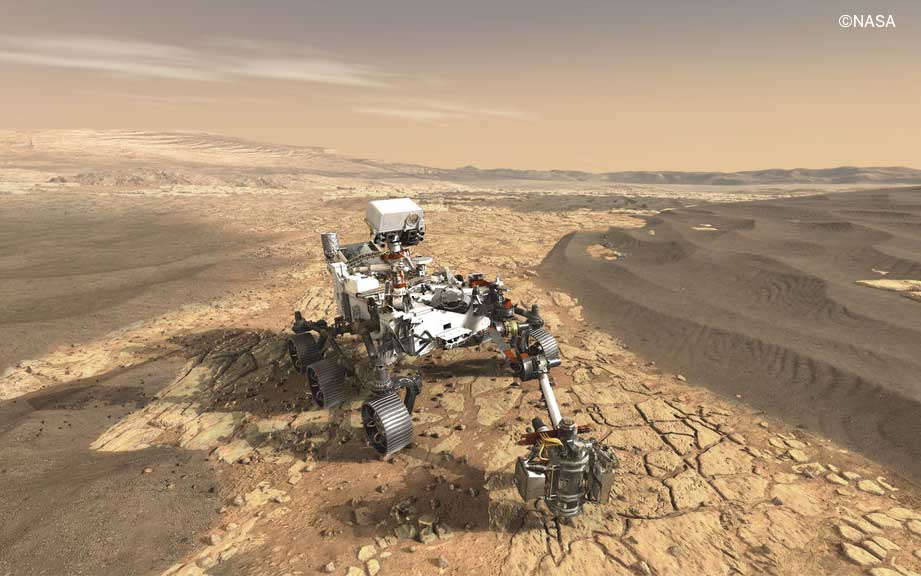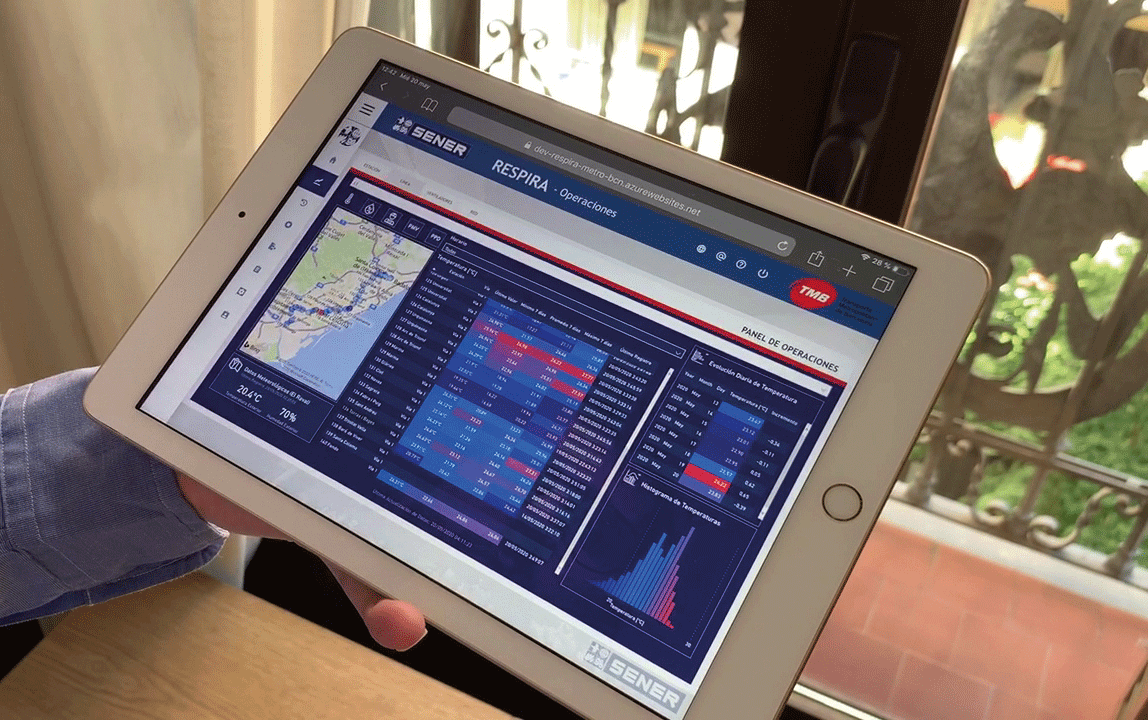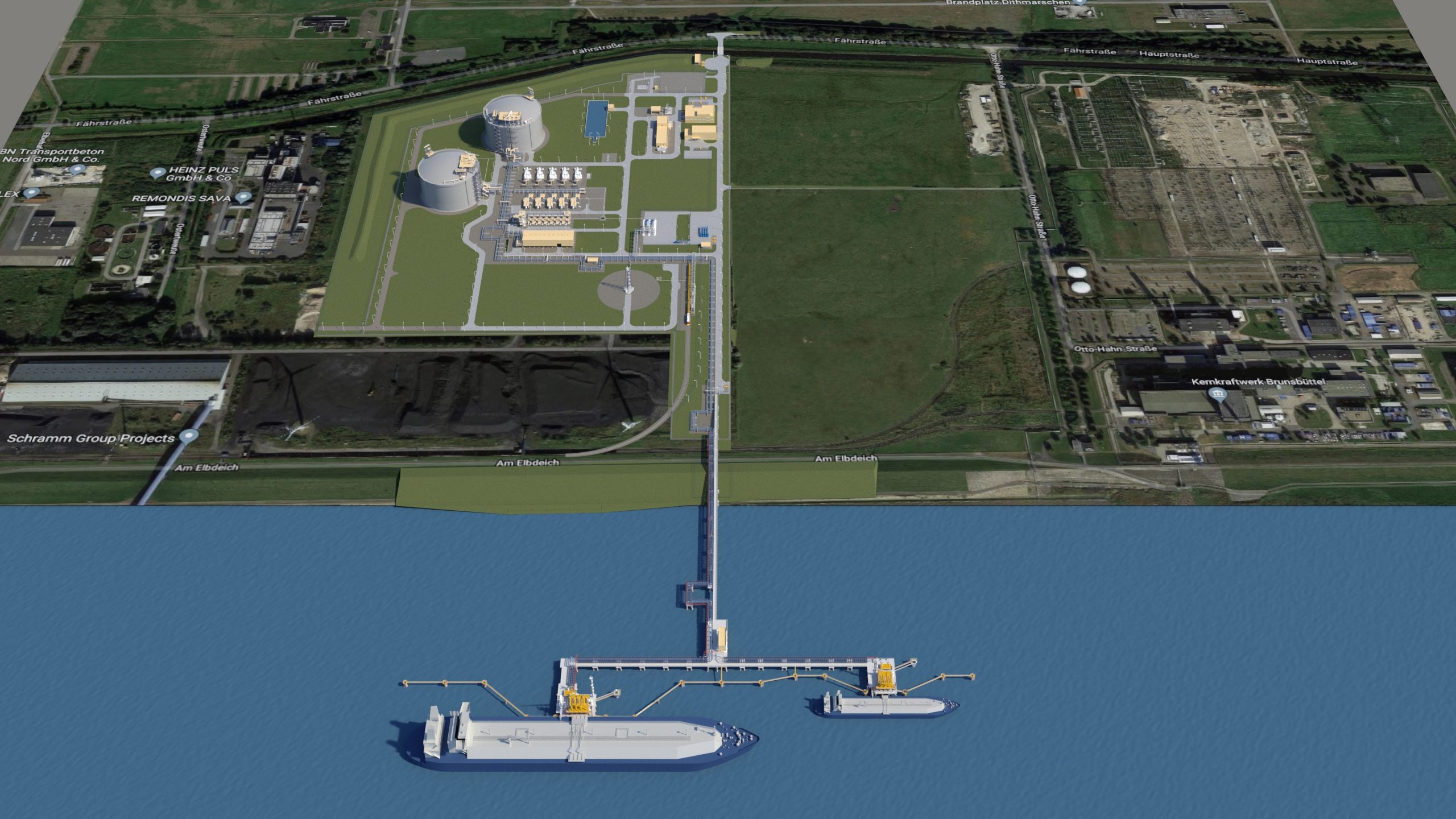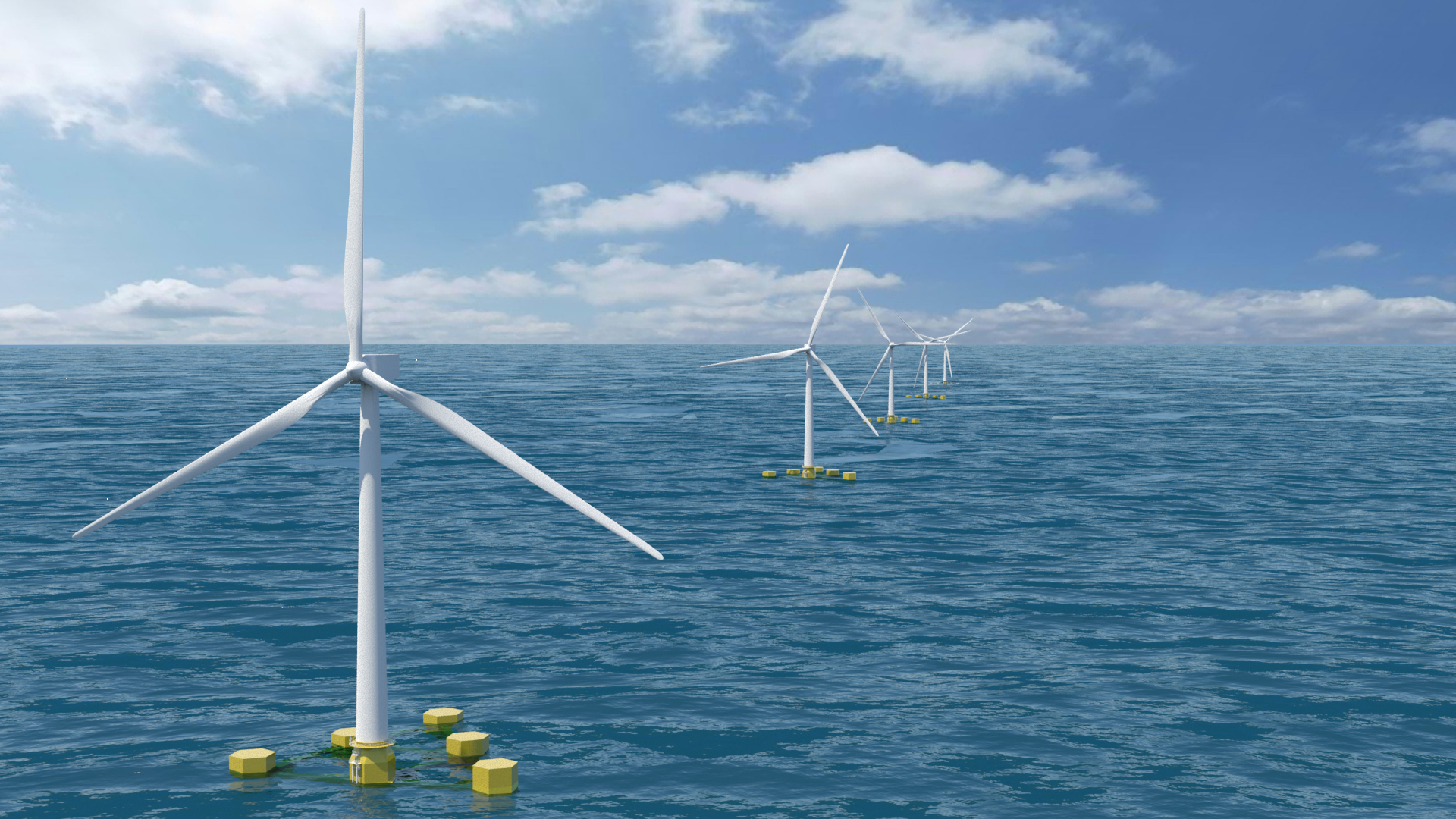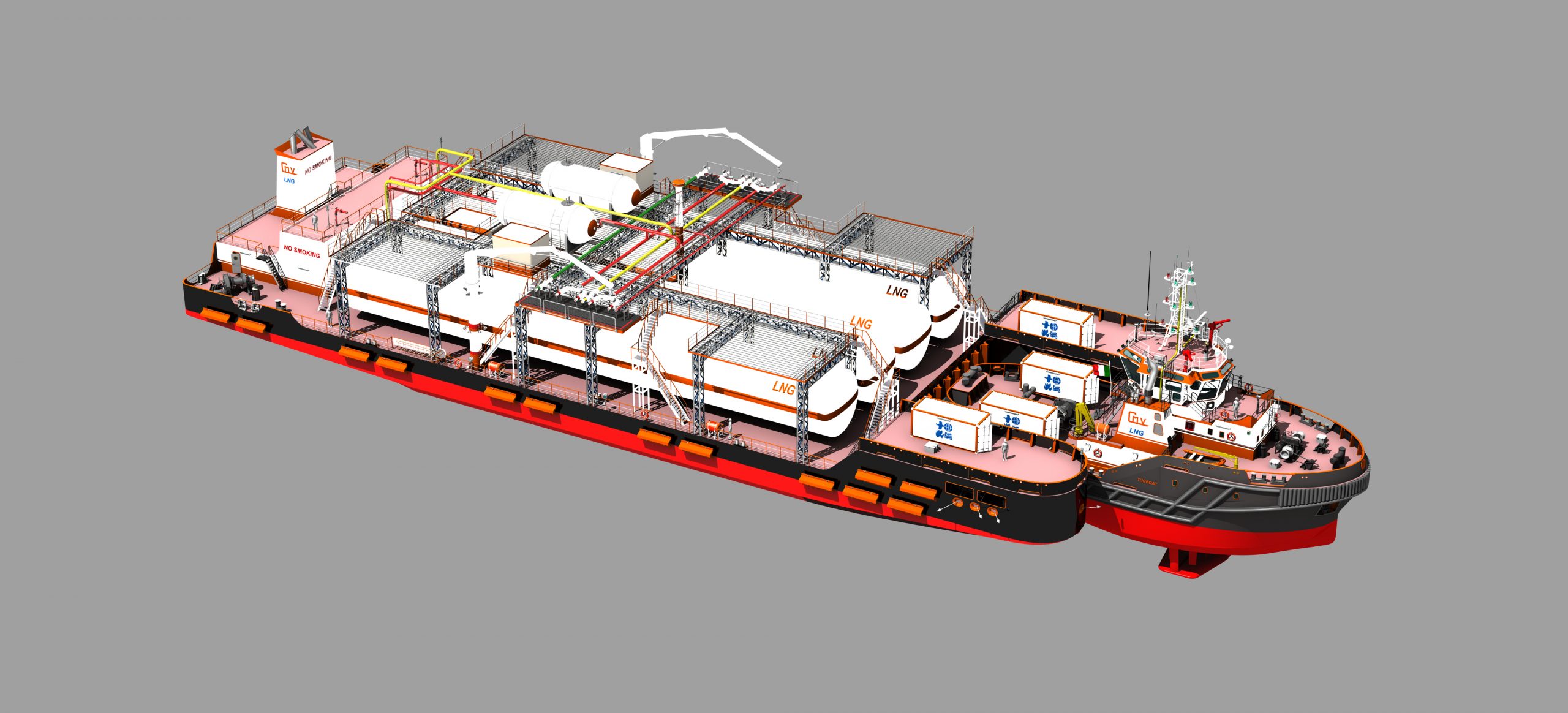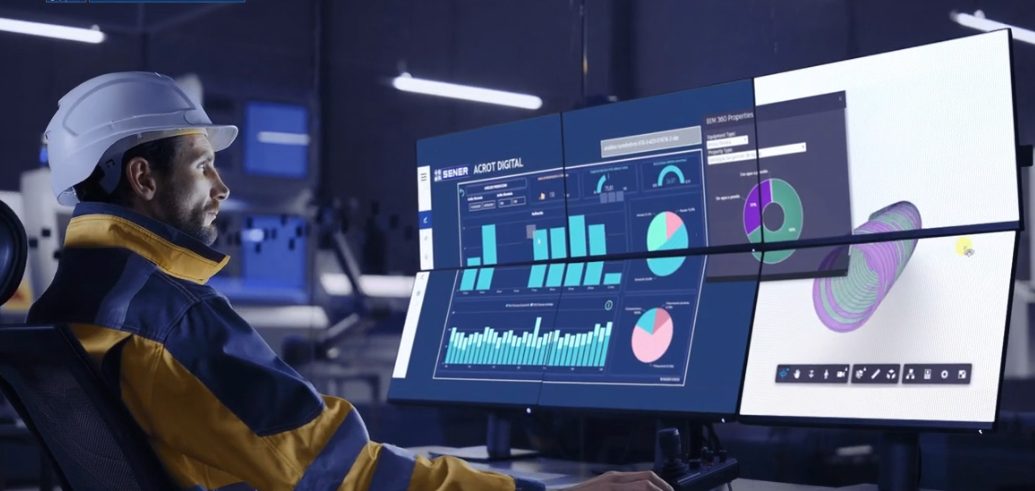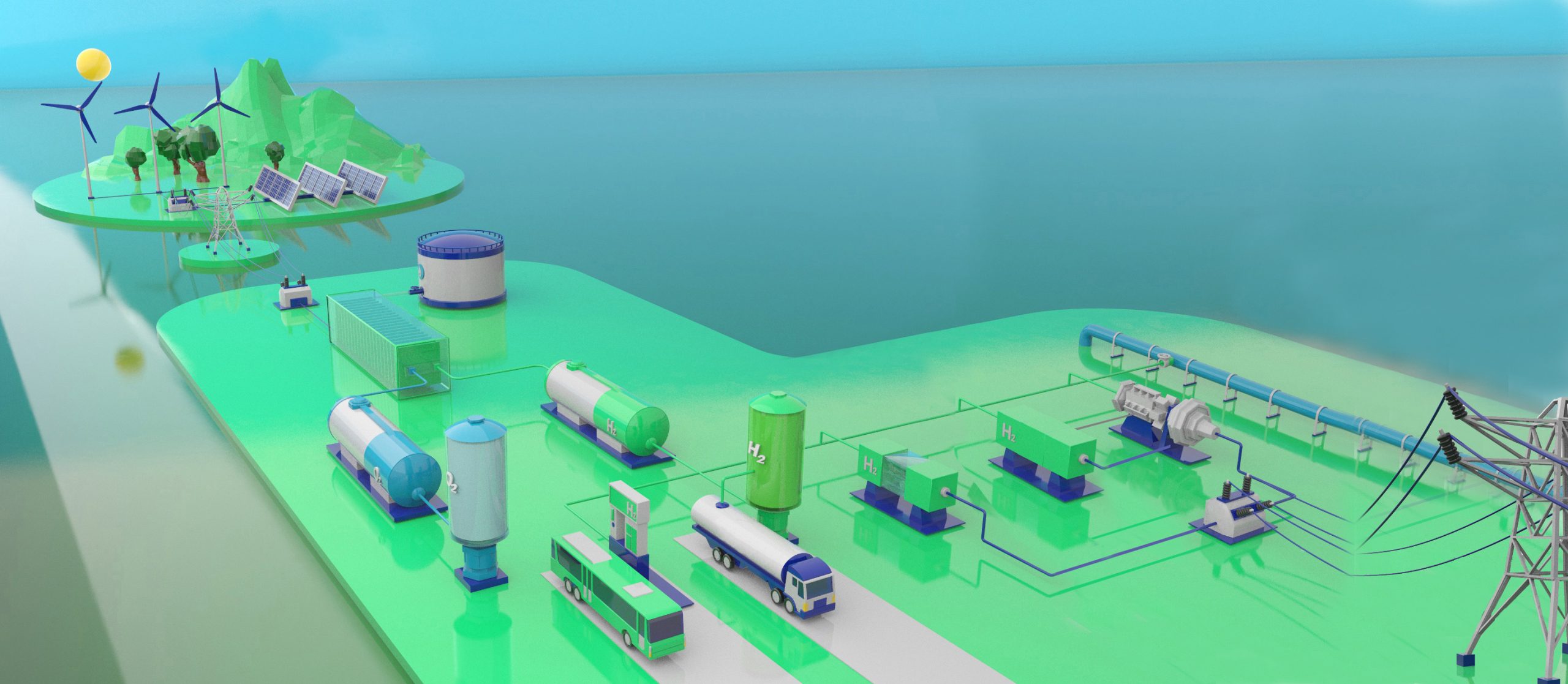
- Digitalization
Categories:
Artificial intelligence will increasingly be a differentiating factor in bringing buildings, infrastructures, and industries to their maximum energy efficiency. Concepts such as demand optimization and energy flexibility will increasingly benefit from the interconnectedness of information provided by artificial intelligence. Thanks to the use of artificial intelligence and the automatic identification of anomalies and energy saving measures, decision-makers will be able to spend their time on what is important, prioritizing those actions with the greatest impact.
Energy transformation and artificial intelligence: a promising encounter
In the last decade, we have witnessed a quiet revolution that has permeated every corner of our society: artificial intelligence (AI). From explainable algorithms to deep learning systems, AI has evolved by leaps and bounds, surpassing even human capability in complex tasks. But what happens when we couple this powerful tool with one of the most pressing challenges of our time: climate change?
Climate change is an undeniable reality. Temperatures are rising, weather patterns are altering, and natural resources are under threat. In this context, environmental policies have become a key pillar to mitigate the effects of climate change and promote a more sustainable use of energy resources. This is where energy efficiency comes into play: the idea of achieving more with less, using as little energy as possible to achieve the same results.
But can artificial intelligence contribute to this cause? The answer is loud and clear: yes, AI can be a powerful ally in the quest for greater energy efficiency in the energy sector. In this article we will look at some of the ways in which AI can make a difference in the field of energy efficiency.
Opportunities for AI in the field of energy efficiency
In the vast landscape of the energy sector, three main pillars emerge: power generation plants, distribution networks and, finally, end consumers. In this article, we will focus on the latter, the assets that consume energy in the form of buildings, infrastructure and industries.
We will then explore various opportunities where AI stands as a powerful tool to maximize energy efficiency in these end-consumers:
Automatic detection of anomalies in energy consumption
By monitoring energy consumption, AI develops customized predictive models to predict consumption patterns based on several variables such as time of day, weather, asset type, occupancy, usage and other relevant factors. By predicting consumption patterns, AI automatically detects unusual deviations in real time.
Anomaly detection can be performed using a variety of approaches:
- Asset-centric approach: AI analyses the specific behaviour of a building, infrastructure, or industry. If consumption deviates significantly from what is expected, an alert is triggered.
- Comparison with similar assets: AI compares the consumption of an asset with data from other similar assets. This allows us to identify those assets with the greatest potential for improvement and prioritizing efforts.
Among the benefits of this intelligent anomaly detection:
- Reduced Overconsumption: Early detection of anomalies avoids unnecessary expenses and contributes to sustainability.
- Strategic Focus: Companies with multiple assets can focus their investments where it really matters. AI pinpoints those assets with the most room for improvement and where to focus efforts.
Optimizing the demand for air-conditioning and refrigeration systems
At the heart of our buildings, air conditioning (HVAC) and refrigeration systems play a crucial role. Unlike lighting or power lines, these systems offer ample scope for optimizing their energy consumption and adapting operating conditions.
HVAC and refrigeration systems are complex. From the cooling/heating production equipment to terminal equipment such as fan coils or air conditioners, multiple variables influence their operation. The weather outside, the thermal conditions of each zone, the air quality, the building envelope, the occupation of the spaces and their use, the presence or not of photovoltaic energy or batteries or even the price of energy, all influence the decision-making process.
This is where artificial intelligence comes into play. By interconnecting all this data, AI generates integrated predictive and optimization models. These models allow decisions to be made from a global perspective, not limited to a specific element. We could say that AI becomes the brain that orchestrates all the equipment in the system.
Among the benefits provided by this intelligent management of air conditioning and refrigeration systems:
- Reduced consumption: AI adjusts demand to use the least amount of energy to ensure ambient conditions. This not only saves energy, but also reduces the building’s carbon footprint.
- Lower operating costs: Less energy consumed means lowers operating costs, allowing companies to allocate these resources to other areas.
- Improved environmental conditions: AI optimizes temperature, humidity, and air quality conditions. Occupants and space users enjoy more comfortable and healthier spaces.

- AI
- energy efficiency
Tags:
Guillem Peris
Guillem Peris es Dr. Ingeniero de Caminos, Canales y Puertos por la UPV y especialista en dinámica de fluidos computacional, sistemas de ventilación y climatización y gestión energética. Ha participado en proyectos de edificación, infraestructura del transporte e industria a nivel nacional e internacional. Actualmente, es el responsable de soluciones de eficiencia energética en el área de negocio Digital de Sener y lidera el proyecto Respira. Asimismo, es docente de la asignatura de mecánica de fluidos en la Escuela Técnica Superior de Ingeniería (ICAI) de la Universidad Pontificia Comillas. En 2022, fue reconocido por parte de la Real Academia de Ingeniería de España con la medalla Jóvenes Investigadores.

 About us
About us